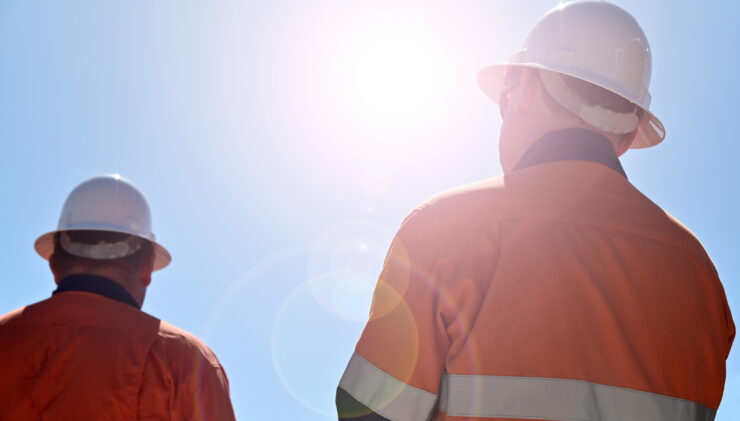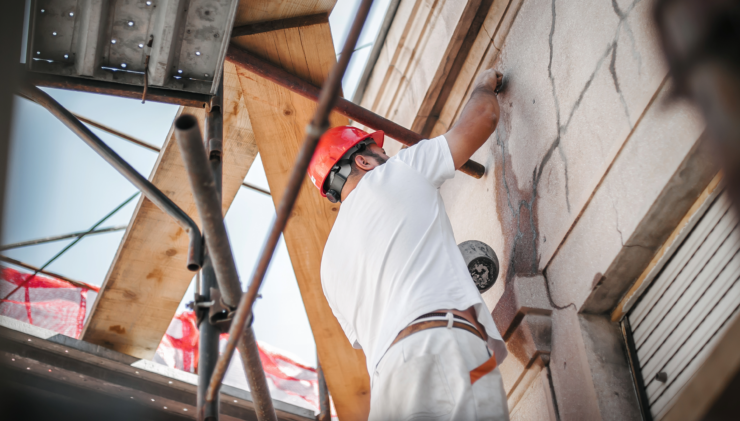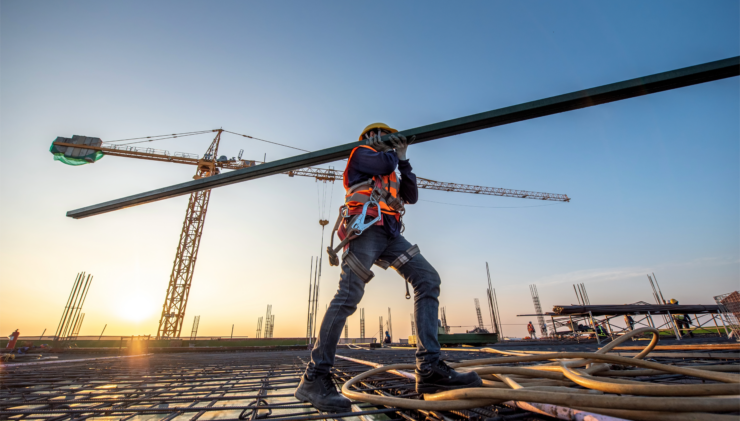 The Construction Industry's New Look at Women in the Workforce
The Construction Industry's New Look at Women in the WorkforceIn early July, multiple California cities set new records for high temperatures, according to Newsweek. Scorching summer weather is uncomfortable for many people. For construction crews that have to work on sweltering days, it may be downright dangerous. New heat standards aim to protect workers. Here’s what employers in the construction industry need to know.
Hot Weather Is Serious
The CDC says approximately 1,220 people die every year due to extreme heat in the U.S. Heat-related illnesses (including heat exhaustion and heat stroke) occur when the body can’t cool itself enough.
Construction workers are especially vulnerable to heat-related illness because they perform physically-demanding labor outside. The CDC says 285 construction workers died from heat-related causes between 1992 and 2016. The construction industry accounted for more than a third of all heat-related occupational deaths during this period. The following are just a few cases to have made headlines:
- In June, a construction worker in Providence, Rhode Island, died due to extreme temperatures while working, according to Construction Equipment.
- In 2022, a construction worker in Texas died of heatstroke, according to NBC News. He had only had the job for five days. The weather report for the day shows that the high was 102°F.
- In 2021, a construction worker in Hillsboro, Oregon, died due to heat while doing a roofing inspection, according to KGW8.
New OSHA Heat Standards
To address heat-related workplace hazards, federal and state agencies have been working on new standards.
OSHA’s Advisory Committee on Construction Safety and Health has recommended that the agency move forward with a proposed standard on heat safety. This means a federal OSHA standard should be coming soon.
In the meantime, OSHA says the General Duty Clause is applicable. This clause requires employers to provide their employees with a place of employment that “is free from recognized hazards that are causing or likely to cause death or serious harm to employees.” OSHA says this includes heat-related hazards.
Employers should also be aware of the state-level heat standards that have been enacted in recent years. OSHA says California, Colorado, Minnesota, Oregon, and Washington all have heat-related standards on the books. More states may pass similar requirements in the coming years.
California’s heat-related standards apply to both indoor and outdoor workers. For outdoor workers, employers are required to provide access to potable water that is fresh, suitably cool, free, and located as close as possible to the work areas. Employers must provide shade when temperatures exceed 80 F, although workers have the right to request and receive shade at cooler temperatures. Additionally, employers must have procedures to deal with temperatures of 95 F or more. Supervisors must receive training to check weather reports and respond appropriately. Employers must observe new workers closely during a two-week acclimatization period and all workers during heat waves. All employers need a written Outdoor Heat Illness Prevention Plan. See CAL/OSHA’s Heat Illness Prevention Guidance for more details.
When temperatures reach 80 F or higher, Oregon advises that all employers must provide access to sufficient shade and 32 ounces of water per hour per employee at all times as well effective communication during emergencies. Employees should receive training on heat-related issues (including risk factors and rights) before high temperatures occur. See Oregon OSHA’s FAQ for more information.
Are You Protecting Workers from Heat Hazards?
Heat stroke threatens both workers and projects.
- Are you complying with all relevant state and federal OSHA standards related to heat? Even if you’re in a state that does not have heat-related standards, the OSHA general duty clause applies.
- Do you have a written heat illness prevention plan?
- Are you watching the forecast to prepare for heat waves and adjust plans appropriately? Precautions may include ensuring workers have shade and water or adjusting work hours to avoid the hottest times of the day.
- Have you trained supervisors on how to spot signs of heat illness and help workers?
- Have you trained workers on the dangers of heat-related illness and how to keep themselves safe?
- Are you creating a culture that prioritizes safety rather than one that tries to work through dangerous conditions?
- Do you provide workers with shade and water?
New construction heat standards are just one of the risk management issues facing contractors today. Do you need help managing your risks? Heffernan Insurance Brokers provides risk management and insurance solutions designed for the construction industry. Learn more.



